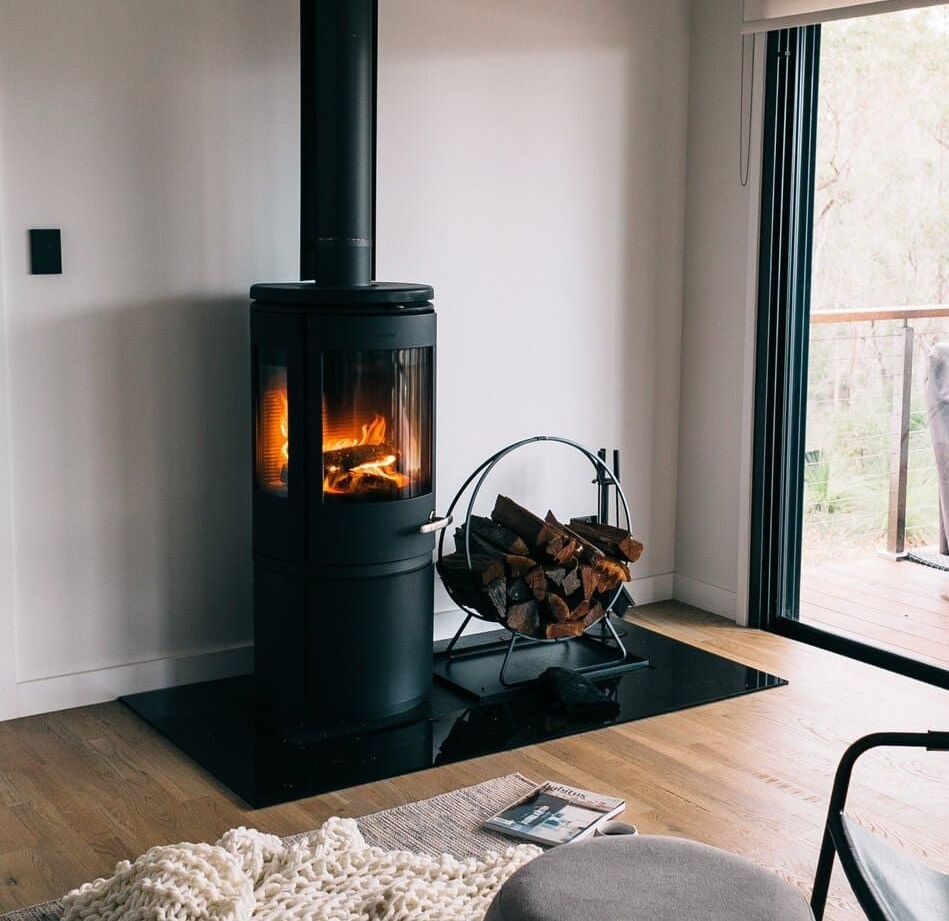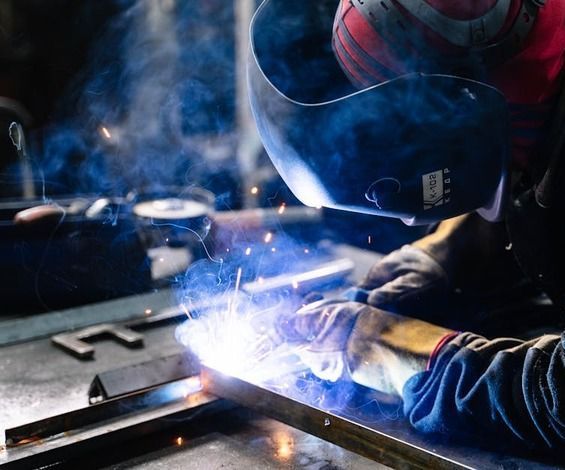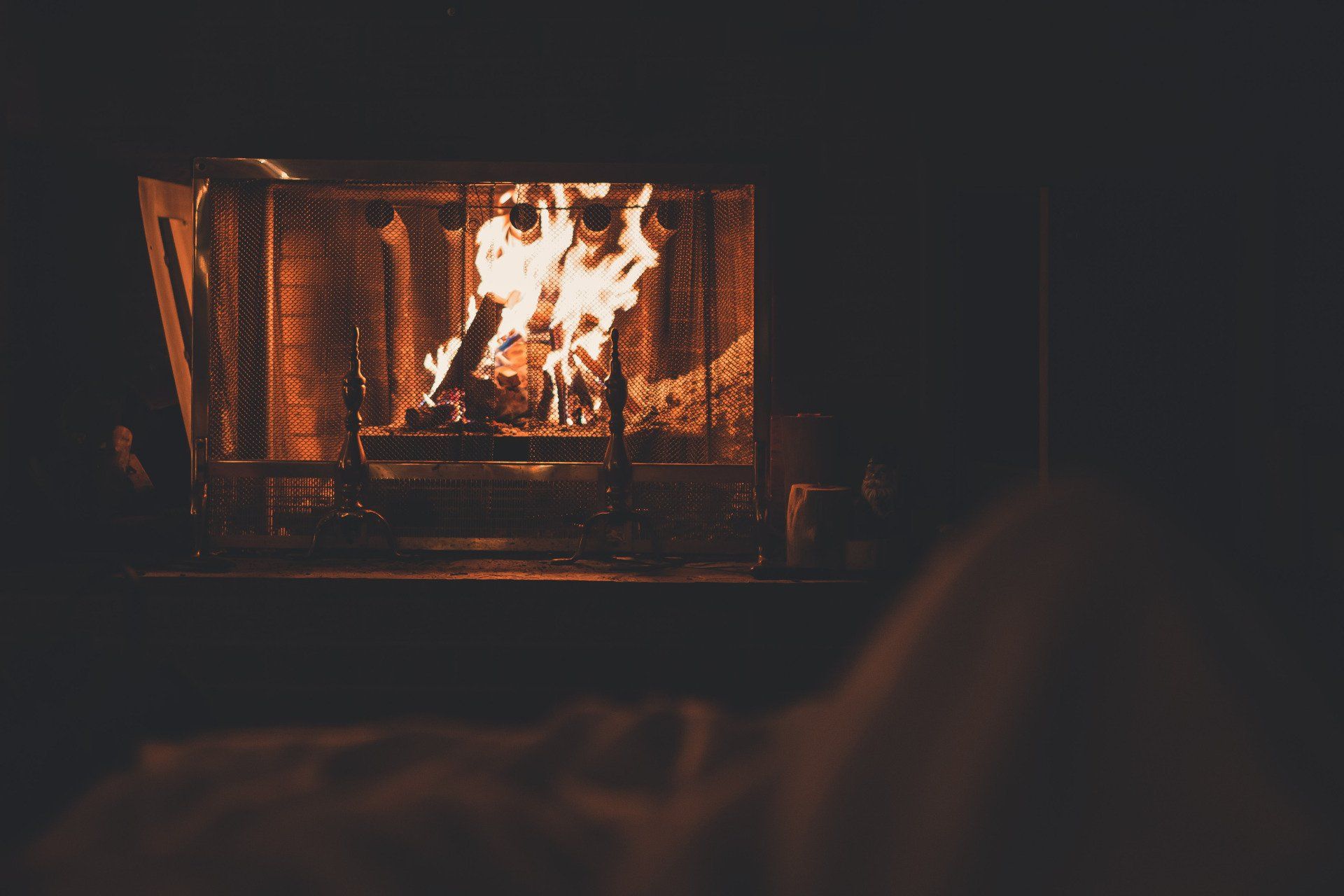fire resistant drywall

Fire-Resistant Wallboard Installation
There's nothing quite like the cozy ambiance of a crackling fire to transform your space into a retreat reminiscent of a remote cabin in the woods.
However, safety is paramount, especially in buildings where fire resistance is not just a consideration but a legal requirement. Whether it's your business or home, cabin or warehouse, our specialized team excels in the drywall installation of fire-resistant walls, offering an indispensable layer of protection and peace of mind.
Fire-resistant drywall, also known as Type X or Type C drywall, provides enhanced protection against the spread of flames and can withstand high temperatures for longer periods, giving occupants crucial time to evacuate and reducing structural damage. By integrating fire-resistant and drywall insulation into your home, you not only comply with safety regulations but also enhance the overall security and durability of your property.
Fire resistant Drywall in industrial areas
In industrial areas, the importance of fire-resistant drywalling cannot be overstated. Factories, warehouses, and manufacturing plants are often filled with machinery, chemicals, and other materials that pose significant fire hazards. Installing fire-resistant drywall in these settings is a critical component of comprehensive fire safety planning. It helps to compartmentalize spaces, preventing the rapid spread of fire and containing it to its point of origin. This containment is vital in protecting valuable equipment and inventory, minimizing downtime and financial loss, and ensuring the safety of workers. Our expert team is adept at assessing industrial fire risks and implementing tailored fire-resistant drywall solutions that meet the stringent safety standards required in these environments. Investing in fire-resistant drywall for industrial areas is not just about compliance; it’s about safeguarding your business, your assets, and the lives of your employees.

When should you use fire resistant drywall?

Residential Buildings
- Kitchens: Given the higher risk of fires due to cooking appliances.
- Garages: Where flammable materials like gasoline and chemicals are stored.
- Furnace Rooms: Areas with heating systems and water heaters.
- Walls and Ceilings Adjacent to Fireplaces: To prevent the spread of any accidental fires.
Commercial Buildings
- Hallways and Stairwells: These are essential escape routes that need protection to remain passable during a fire.
- Mechanical and Electrical Rooms: Areas containing electrical panels, wiring, and mechanical equipment.
- Kitchens and Break Rooms: Places with cooking appliances and higher fire risk.
- Storage Rooms: Especially those storing flammable or combustible materials.
Multi-family Residences
- Walls Between Units: To prevent fire from spreading from one unit to another.
- Shared Attics and Basements: Common areas that need protection to ensure the safety of all occupants.
- Garages: Similar to single-family homes, but with shared or adjacent spaces that require enhanced fire protection.
Industrial Buildings
- Manufacturing Areas: Where machinery and production processes may pose fire risks.
- Warehouses: Especially where flammable materials are stored.
- Loading Docks: Areas that can be prone to fire due to heavy machinery and storage of goods.
- Chemical Storage Areas: Critical to contain potential fires involving hazardous materials.
Healthcare Facilities
- Patient Rooms: To ensure the safety of immobile patients during a fire.
- Operating Rooms and Laboratories: Areas with sensitive equipment and higher fire risks.
- Storage Rooms for Medical Supplies: Especially those storing oxygen and other flammable substances.
Public Buildings
- Theaters and Auditoriums: Where large groups of people gather and need safe evacuation routes.
- Museums and Galleries: To protect irreplaceable artifacts and exhibits.
- Government Buildings: Ensuring the safety of both the public and government employees.
where is fire resistant drywall required?
In Ohio, the installation of fire-resistant drywall, also known as fire-rated drywall, is mandated in several specific areas to enhance fire safety and comply with building codes. Here are the key locations where fire-resistant drywall is required:
- Separation Walls in Multi-family Dwellings: Fire-rated drywall must be used in the walls separating individual units in multi-family residences, such as duplexes and townhouses. These walls typically require a one-hour fire rating to prevent the spread of fire between units (ICCSafe) (The Building Code Forum).
- Garage Separation: In single-family homes, fire-rated drywall is required on the walls and ceilings that separate the garage from the living spaces. This is crucial to prevent any fire originating in the garage from spreading to the rest of the house (ICC Safe) (ICC Digital Codes).
- Walls and Ceilings Below Stairs: Fire-resistant drywall must be installed on the walls and ceilings under enclosed stairways to protect this critical escape route during a fire (The Building Code Forum).
- Mechanical and Utility Rooms: Areas containing heating, ventilation, and air conditioning (HVAC) equipment, as well as other utilities, often require fire-rated drywall to contain potential fires originating from these high-risk areas (ICC Digital Codes).
For more detailed information, you can refer to the full text of the 2018 IRC Chapter 7 on Wall Covering and the Residential Code of Ohio.